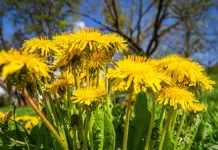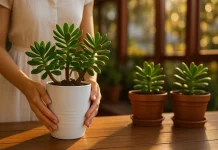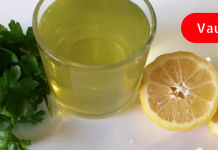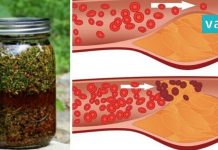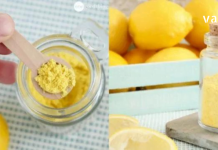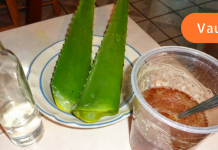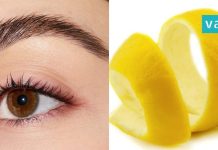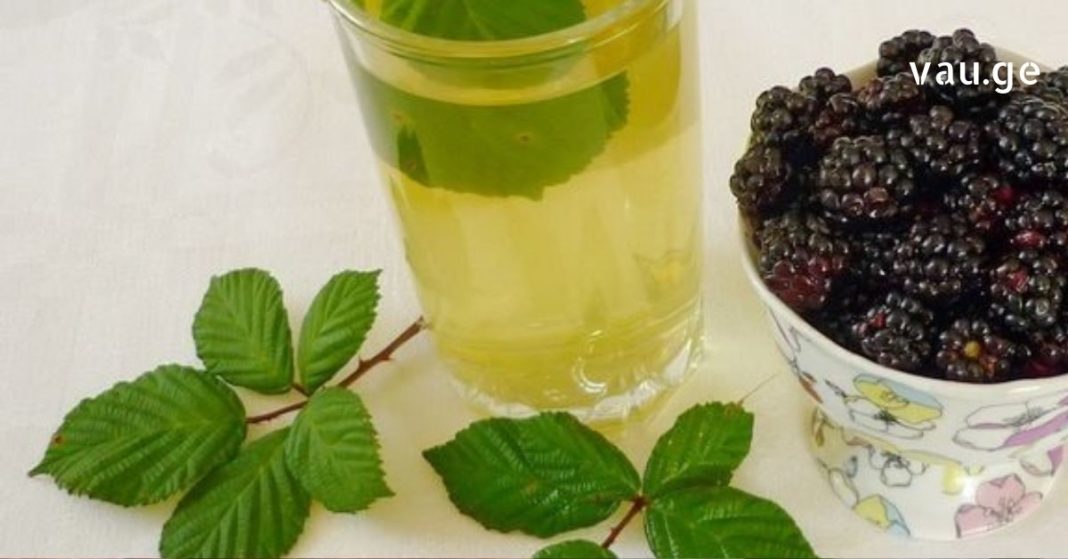Blackberry (Rubus fruticosus) is not only a delicious wild berry but also a powerful medicinal plant that has been used for centuries in traditional medicine. Recently, a particularly effective therapeutic recipe involving different parts of the blackberry plant has gained attention for its ability to treat a variety of health conditions. Almost all parts of the plant — the roots, leaves, stems, and berries — are used for healing purposes, each offering unique benefits.
Harvesting and Preparation
The roots of the blackberry plant are typically harvested in late autumn. Once collected, they are thoroughly cleaned, cut into small pieces, and dried rapidly to preserve their medicinal properties.
The leaves are best collected during the summer, ideally on dry and sunny days. They are air-dried at room temperature in a well-ventilated area to ensure they retain their active compounds.
The berries should also be harvested during dry weather. After picking, they are dried in two stages: initially at a low temperature of 30–40°C (86–104°F), and then at a slightly higher temperature of around 60°C (140°F).
Medicinal Properties of Blackberry
The blackberry plant has a wide range of healing properties, but the most prominent among them are its astringent and anti-inflammatory effects. These make blackberry particularly effective in treating digestive issues, respiratory infections, and even certain gynecological conditions.
In folk medicine, blackberry leaves and berries are commonly used as gargles or mouth rinses to soothe inflammation of the mouth and throat. A decoction made from 20 grams of blackberry roots, boiled for 2–3 minutes and then diluted in water, can be taken as a natural remedy for diarrhea. Two glasses per day are recommended as an effective astringent treatment.
Remedies for Women’s Health and Respiratory Infections
A decoction made from the leaves and berries is used to address various women’s health issues, especially menstrual irregularities or mild reproductive tract inflammations.
Warm blackberry wine, known for its pleasant taste and soothing properties, is a time-tested remedy for colds, flu, coughs, tracheitis, bronchitis, and even angina. The warming effect of the wine, combined with the antioxidant and anti-inflammatory compounds in the berries, helps reduce fever and alleviate respiratory discomfort.
How to Prepare the Infusion
To make a simple infusion, take two tablespoons of dried blackberry leaves and pour two cups of boiling water over them. Let the mixture steep for one hour, then strain it. The resulting liquid can be taken four times a day in small wine glasses, preferably before meals. A similar infusion can be prepared using blackberry roots, following the same method.
Nutritional Composition and Benefits
Blackberry stems and leaves are rich in tannins, which contribute to their strong astringent effect. The berries themselves contain 4–8% natural sugars, 0.6–1.4% organic acids, as well as vitamin C and carotene (provitamin A). This makes blackberry not only a healing agent but also a nutritious supplement to any diet.
A tea made from blackberry leaves is both pleasant-tasting and highly beneficial. In folk medicine, tea made from fresh berries is considered a tonic and calming remedy, especially helpful for women experiencing climacteric neuroses (menopausal nervous disorders).
Fever, Thirst, and Detoxification
Dried blackberry berries, infusions, and decoctions have a thirst-quenching effect and are known for their fever-reducing properties. For this reason, they are commonly used to treat acute respiratory infections and even pneumonia.
Additionally, blackberry is a natural diuretic and diaphoretic (sweat-inducing), aiding in the elimination of toxins from the body. Ripe berries have a mild laxative effect, whereas unripe berries serve as an astringent and can be used to firm up loose stools.
Treatment for Gastric Bleeding and Digestive Disorders
Due to the strong astringent properties of blackberry leaves, a decoction in a 1:10 ratio is often used to manage gastric bleeding and stomach disorders. This decoction is typically consumed in doses of 1 to 2 tablespoons, three to four times a day.
